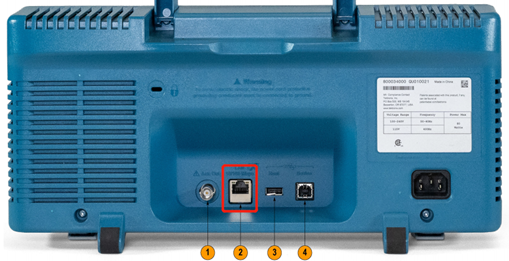c# switch problem(c#切换问题)
问题描述
我是编程新手,对以下代码有疑问:
I'm new to programming and having a problem with the following code:
private string alphaCoords(Int32 x)
{
char alphaChar;
switch (x)
{
case 0: alphaChar = 'A'; break;
case 1: alphaChar = 'B'; break;
case 2: alphaChar = 'C'; break;
case 3: alphaChar = 'D'; break;
case 4: alphaChar = 'E'; break;
case 5: alphaChar = 'F'; break;
case 6: alphaChar = 'G'; break;
case 7: alphaChar = 'H'; break;
case 8: alphaChar = 'I'; break;
case 9: alphaChar = 'J'; break;
}
return alphaChar.ToString();
}
编译器说:使用未分配的局部变量'alphaChar'
The compiler says: Use of unassigned local variable 'alphaChar'
但我在我的 switch 块中分配它.
But I'm assigning it in my switch block.
我确定这是我的错,因为我对编程不够了解.
I'm sure this is my fault as I dont know enough about programming.
请指教.
谢谢.
推荐答案
如果 x 是 0-9,你正在分配它.如果 x 是 123,你希望它做什么?虽然你可能知道只会传入 0 到 9 之间的值,但编译器不会 - 所以 它 需要考虑否则会发生什么.
You're assigning it if x is 0-9. What would you expect it to do if x were 123 though? While you may know that only values between 0 and 9 will be passed in, the compiler doesn't - so it needs to consider what would happen otherwise.
避免这种情况的一种方法是在 switch 语句中使用 default 大小写,如果值不在预期范围内,您可以使用它来引发异常:
One way to avoid this is to have a default case in your switch statement, which you can use to throw an exception if the value isn't in the expected range:
switch (x)
{
case 0: alphaChar = 'A'; break;
case 1: alphaChar = 'B'; break;
case 2: alphaChar = 'C'; break;
case 3: alphaChar = 'D'; break;
case 4: alphaChar = 'E'; break;
case 5: alphaChar = 'F'; break;
case 6: alphaChar = 'G'; break;
case 7: alphaChar = 'H'; break;
case 8: alphaChar = 'I'; break;
case 9: alphaChar = 'J'; break;
default: throw new ArgumentOutOfRangeException();
}
这里有一个稍微简单的替代方案,它完全删除了你的 switch 语句:
Here's a slightly simpler alternative though, which removes your switch statement completely:
if (x < 0 || x > 9)
{
throw new ArgumentOutOfRangeException();
}
char alphaChar = (char)('A' + x);
请注意,您在使用这样的算术时确实需要小心.在 Java 和 C# 中,底层表示保证是 Unicode,这让生活变得更加轻松.我相信这样的事情(和十六进制解析/格式化)很好,但是当你冒险进入更奇特的场景时,它会失败.话又说回来,很多代码简化技术都是如此……如果应用不当,最终会变得一团糟.
Note that you do need to exercise care when using arithmetic like this. In Java and C# the underlying representation is guaranteed to be Unicode, which makes life a lot easier. I believe it's fine for things like this (and hex parsing/formatting) but when you venture into more exotic scenarios it would fail. Then again, that's true for a lot of code simplification techniques... if they're applied inappropriately, you end up with a mess.
这篇关于c#切换问题的文章就介绍到这了,希望我们推荐的答案对大家有所帮助,也希望大家多多支持编程学习网!
本文标题为:c#切换问题


- 输入按键事件处理程序 2022-01-01
- 良好实践:如何重用 .csproj 和 .sln 文件来为 CI 创建 2022-01-01
- WebMatrix WebSecurity PasswordSalt 2022-01-01
- 在哪里可以找到使用中的C#/XML文档注释的好例子? 2022-01-01
- Web Api 中的 Swagger .netcore 3.1,使用 swagger UI 设置日期时间格式 2022-01-01
- C#MongoDB使用Builders查找派生对象 2022-09-04
- MoreLinq maxBy vs LINQ max + where 2022-01-01
- C# 中多线程网络服务器的模式 2022-01-01
- 带有服务/守护程序应用程序的 Microsoft Graph CSharp SDK 和 OneDrive for Business - 配额方面返回 null 2022-01-01
- 如何用自己压缩一个 IEnumerable 2022-01-01









